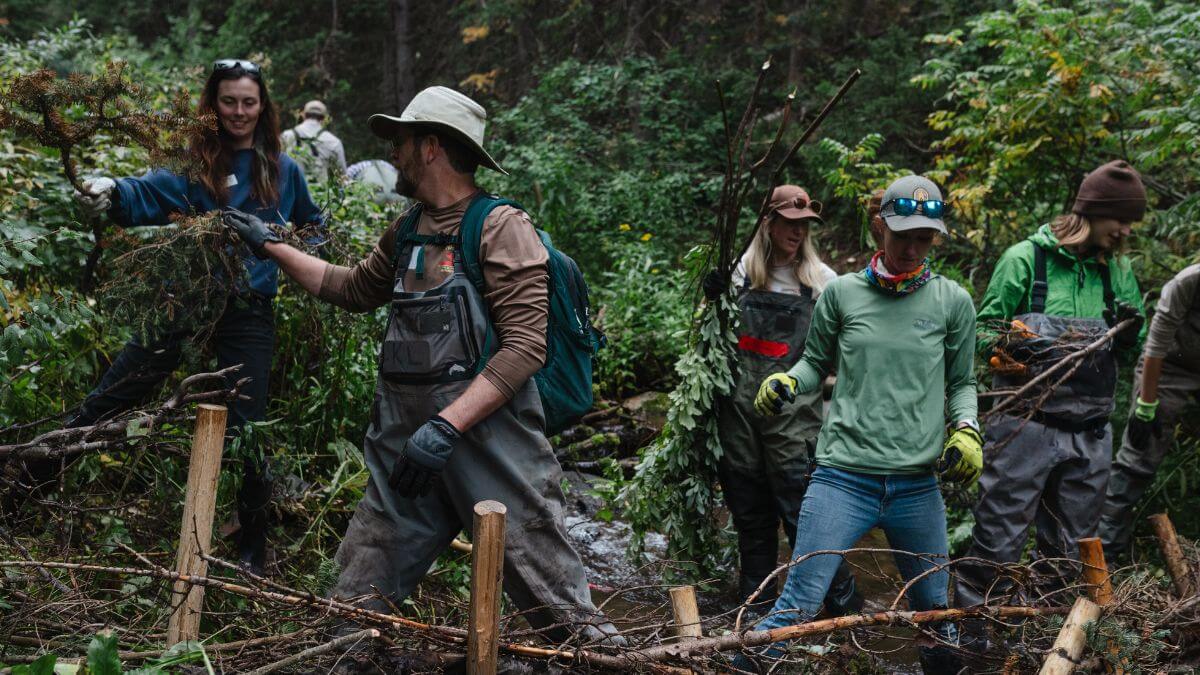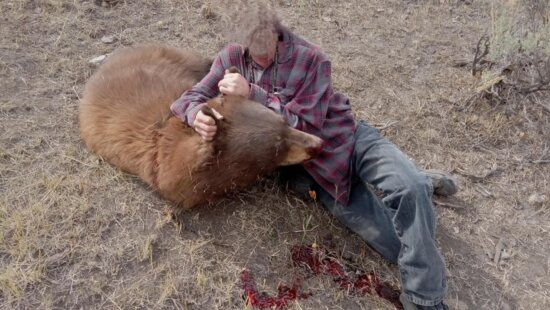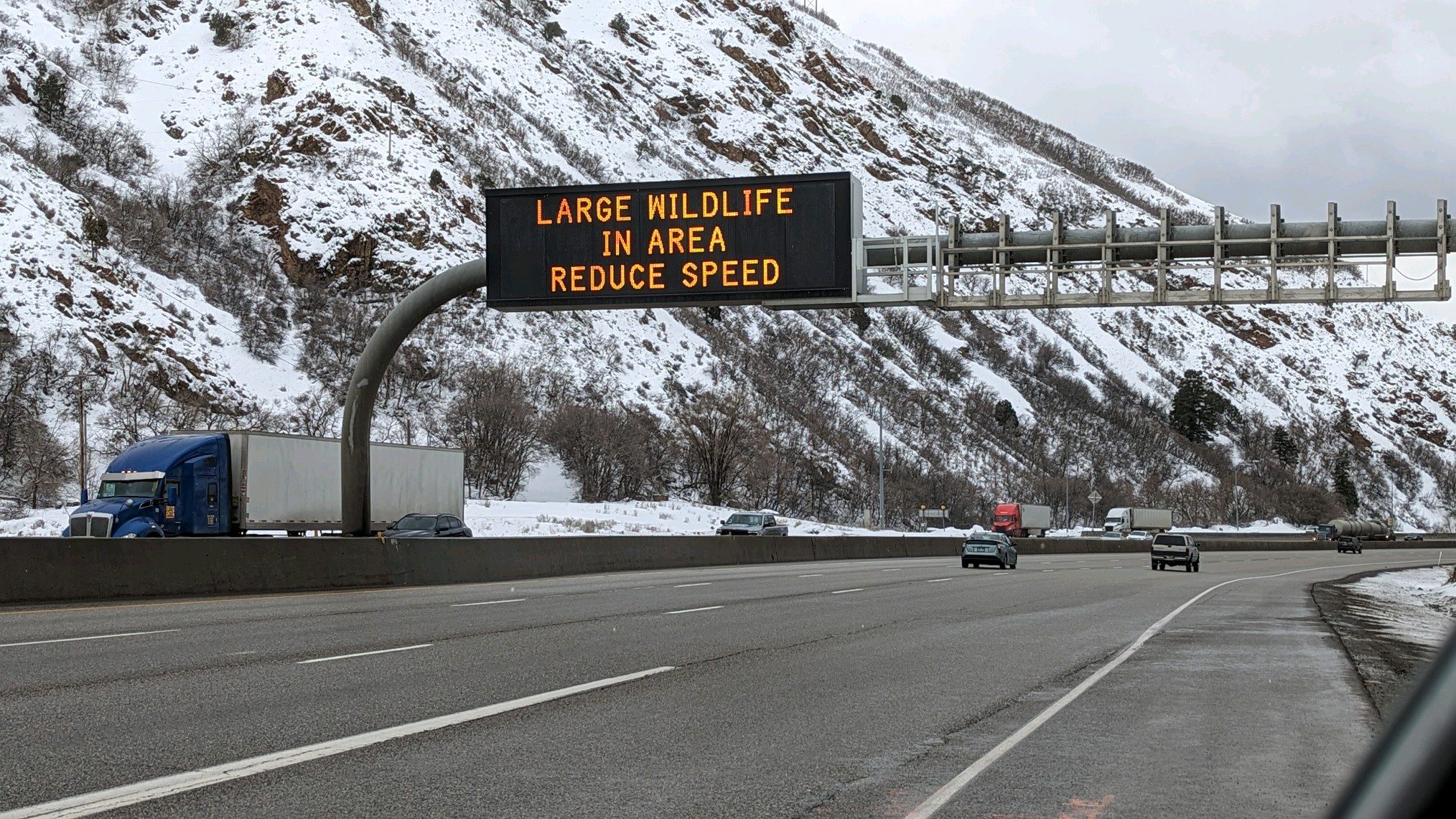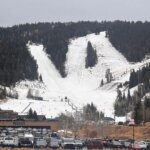Environment
Statewide watershed effort restores thousands of acres, boosts Summit County habitats

Workers in Millcreek Canyon create Beaver Dam Analogs (BDAs) to slow the flow of water and improve the canyon ecosystem. Photo: Photos courtesy of Utah’s Watershed Restoration Initiative
SALT LAKE CITY, Utah — Utah’s landscapes got a major boost this year thanks to the state’s Watershed Restoration Initiative (WRI), which improved 144,433 acres of habitat across Utah during the 2024-25 fiscal year, including several ongoing and completed projects in Summit County.
The WRI, which launched in 2006 by the Utah Department of Natural Resources, brings together dozens of agencies and organizations to restore critical watersheds, improve water quality, and enhance fish and wildlife habitat. The program focuses on strengthening ecosystem health, supporting biodiversity, and sustaining Utah’s natural resources for future generations.
“These proactive projects to improve wildlife habitat and watershed health throughout the state are crucial, not only for our fish and wildlife species, but also for the residents of Utah,” said Tyler Thompson, Utah’s WRI Program Director. “It takes a great deal of coordination and funding to make these projects possible, and we are very grateful to our many partners and their continued support of wildlife conservation and improving water quality.”
During the past fiscal year, the WRI:
- Restored 144,433 acres across Utah, including 13,960 acres burned by recent wildfires.
- Spread 743,787 pounds of seed on landscapes statewide.
- Completed 120 habitat restoration projects.
- Improved 142 miles of streams.
- Created an estimated 539 jobs in Utah.
Funding for the projects topped $31 million, contributed by more than 63 partners, including the Utah Division of Wildlife Resources (DWR), Bureau of Land Management, U.S. Forest Service, U.S. Fish and Wildlife Service, and The Nature Conservancy, among others.
Summit County Projects
Several WRI efforts took place in or near Summit County during 2025, including:
- Upper East Canyon Creek Watershed Restoration Project — Ongoing project led by Summit County to improve watershed health in East Canyon Creek.
- Highway 150 Archaeology Project — Completed project with the U.S. Forest Service to support restoration efforts along the Mirror Lake Highway corridor.
- Ashley NF/Evanston RD Landscape Conservation Forecast — Completed project by The Nature Conservancy to guide future habitat restoration.
- Bourbon Pre-Implementation Surveys — Current U.S. Forest Service project assessing future restoration needs.
- Mill Creek (Wasatch) Watershed Restoration Project — Completed DWR-led project improving watershed function and wildlife habitat.
Restoration Methods
WRI projects use a variety of innovative approaches, including reseeding after wildfires, hazardous fuels removal, prescribed burns, stream restoration, and shrub and sagebrush planting. These methods help landscapes recover after wildfires, reduce the risk of future fires, and support healthy ecosystems and wildlife.
Looking Ahead
Reseeding efforts are currently underway for areas affected by this year’s wildfires, including the Monroe Canyon, France Canyon, Forsyth, Deer Creek, and Willard Peak fires.
Since its inception, the WRI has improved nearly 3 million acres of Utah’s landscapes through more than 2,900 projects statewide.
For more information and an interactive map of projects, visit the Utah Watershed Restoration Initiative website



















